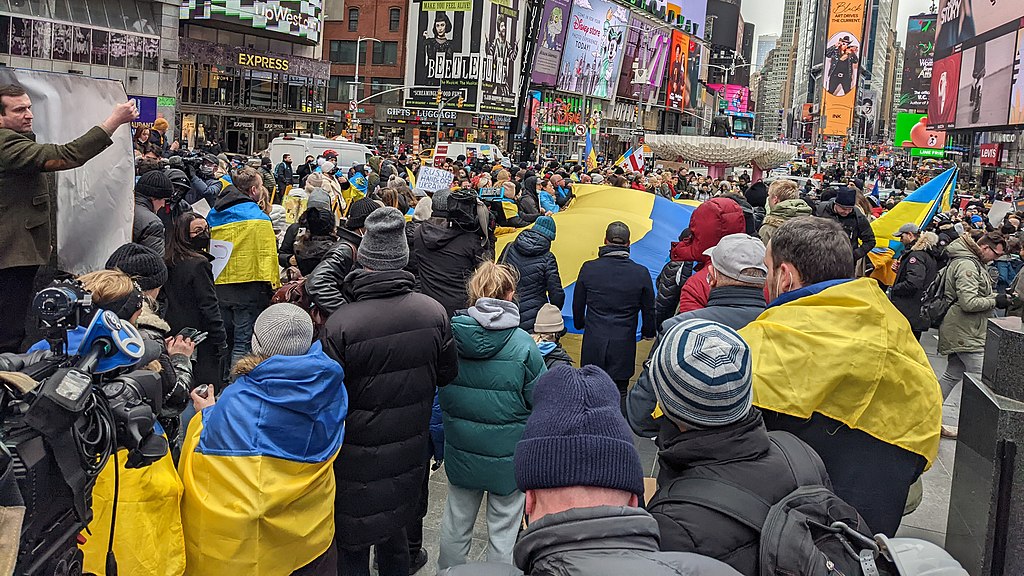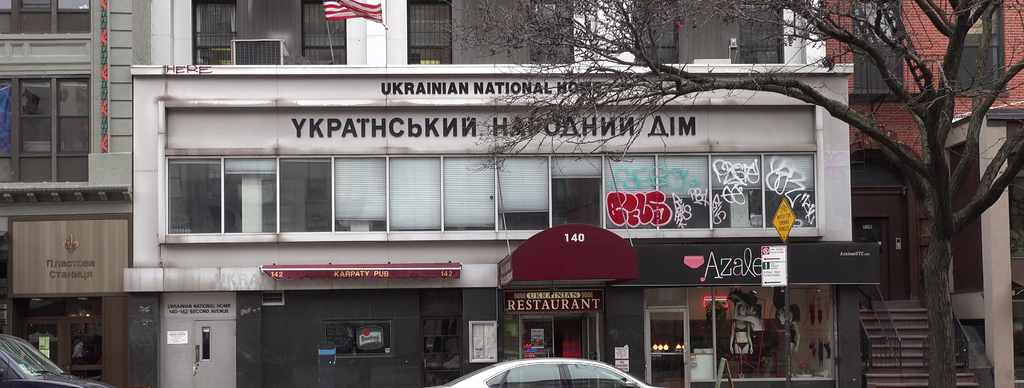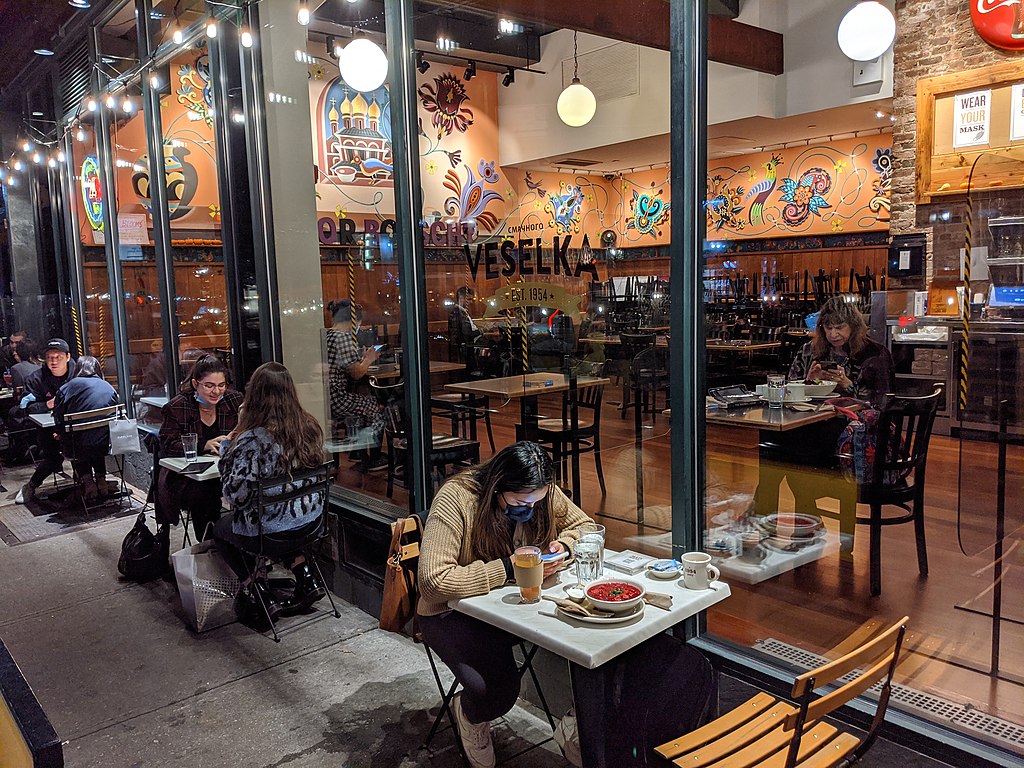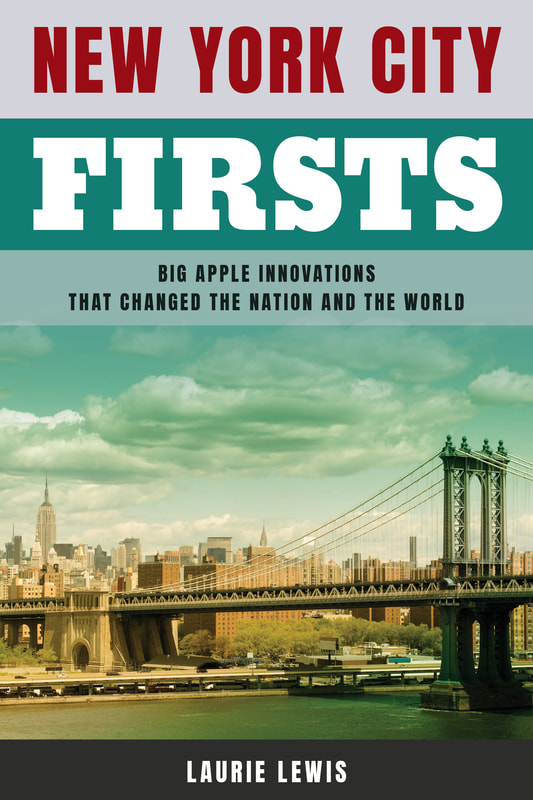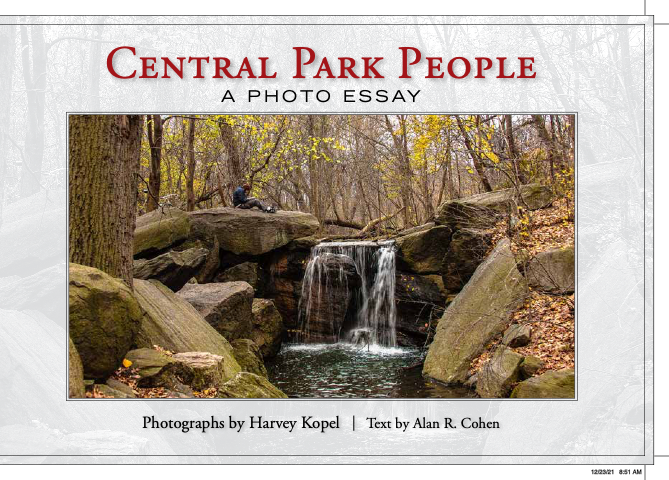|
By Laurie Lewis The broad blue and yellow bands of the Ukrainian flag have cropped up everywhere this year: transforming landmarks like the Empire State Building, hanging on the façades of stores and residences, pinned on lapels, draped over demonstrators gathered in support of the besieged nation. Many of those participating in the New York rallies are among the 64,000 Ukrainian Americans living in the city, which is home to more people of Ukrainian descent than any other place in the United States. Large-scale Ukrainian immigration began about 150 years ago and can be divided into several distinct periods. The first wave occurred at the end of the nineteenth century, with a second surge leading up to World War I. Most of these early arrivals were unskilled laborers from rural areas. Factory jobs in their new home were a step up and a chance for a better life for their children. Religion was of central importance to the newcomers. Among Christians, the majority were Catholic, and a small number were Ukrainian Orthodox—a reversal of the Christian demographic distribution in Ukraine. Large numbers of Jews from that region also immigrated to New York, although they identified more as Jews than as Ukrainians. Most of the Jewish immigrants settled on the Lower East Side, whereas the Christians established a community slightly north of there. From its earliest days, St. George Ukrainian Catholic Church on 7th Street has been a religious, social, and cultural center of the area now known as Little Ukraine: from Houston Street on the south to 14th Street on the north, from Third Avenue on the west to Avenue A on the east. In the 1940s and 1950s, invading Nazi Germany and later the Soviet regime forced millions of Ukrainians from their homes. The population of New York’s Little Ukraine swelled to about 60,000. Some of the neighborhood institutions that are still here today began in the post-war period (see Places to Go in Little Ukraine, below). Starting in the 1960s, the neighborhood beckoned to a series of non-Ukrainians: hippies, punks, then young adults who enjoyed the club culture of the East Village. Some second- and third-generation Ukrainian Americans moved to the greener pastures of the outer boroughs and suburbs. But they returned to the old neighborhood—and still do—for specials occasions like the annual summer festival at St. George church or for a meal at a Ukrainian restaurant like Veselka. Enough Ukrainians remained that even today signage is often bilingual, especially along Second Avenue. In the late 1970s and 1980s, another wave of immigration occurred when Russians and Ukrainians, predominantly Jews, left the Soviet Union. Although some of these newcomers settled in Manhattan’s Little Ukraine, many chose Brooklyn’s Brighton Beach—so many that the area has become known as Little Odessa. The 2020 census revealed that 25% of the people living in Brighton Beach and neighboring Coney Island were born in Ukraine, 16% in Russia. Other immigrants from the former Soviet Union chose Staten Island. About 1.3% of residents of that borough are of Ukrainian ancestry; three times as many are of Russian descent. No matter when they or their ancestors came to New York and where they live, Ukrainian Americans have found support from non-Ukrainians as “Putin’s war” continues. That has been evident in the rallies and demonstrations that draw large crowds, in the donations to relief organizations, and in the spate of New Yorkers visiting Little Ukraine, often for the first time. If you make a visit, here are a few places you might want to see. Places to Go in Little Ukraine  St. George Ukrainian Catholic Church 30 E. 7th Street https://stgeorgechurch.us Established in the early wave of immigration, the church erected the present building in the 1970s. It has a school and offers daily services. Ukrainian Museum 222 E. 6th Street https://www.ukrainianmuseum.org Founded in 1976, the museum features folk art as well as sculpture and paintings by Ukrainian artists. Veselka 144 Second Avenue https://www.veselka.com Veselka has been serving Ukrainian food since 1954. The moderately priced restaurant also offers breakfast all day. More Restaurants Veselka's neighbor is another popular restaurant, Ukrainian National Home (140 Second Avenue). Streecha (33 E. 7th Street), which is operated by and across the street from St. George church, features a limited menu at a low price (open Wednesday-Sunday, daytime only). Books by Your Friends at Take a Walk New York New York City Firsts: Big Apple Innovations That Changed the Nation and the World by Laurie Lewis is now available in bookstores and through online retailers. The 256-page book tells the creation stories of more than 300 New York originals, like the safety pin, the Oreo, and the rock musical. Find out more about the book, including links to buy it, at www.nycfirsts.com. Alan Cohen has written text to accompany full-color photographs by Harvey Kopel for Central Park People: A Photo Essay. The 136-page book celebrates the park’s beauty and the diverse people who are drawn to it. A custom-designed map shows where the photos were taken. Get the book at the Museum of the City of New York or by emailing the photographer at [email protected] ($19.95 + $3.95 S&H). Tours We are no longer scheduling tours that are open to anyone. However, we are available for private tours. If you would like ideas for private tours, please see this website or contact us at [email protected]. |
Archives
April 2024
|
